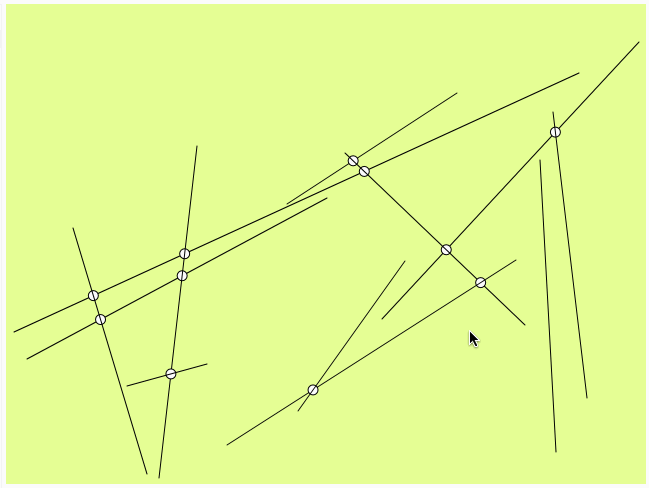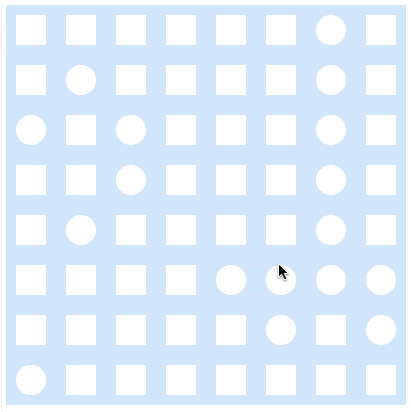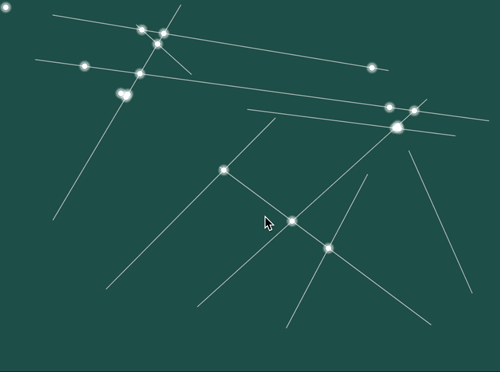8. The Critical Engineer looks to the history of art, architecture, activism, philosophy and invention and finds exemplary works of Critical Engineering. Strategies, ideas and agendas from these disciplines will be adopted, re-purposed and deployed.
I think this is this the most important tenet of this manifesto because if we continue to function in a society where computation is becoming more and more relevant, the way we approach exploring computation should draw techniques from every discipline. In the same way Leah Buechley argues to change the way STEM subjects are taught, the critical engineer repurposes ideas from different disciplines.







